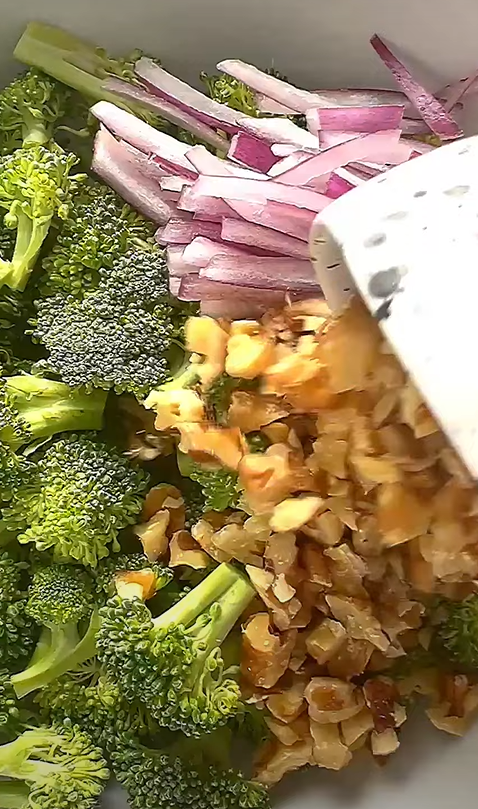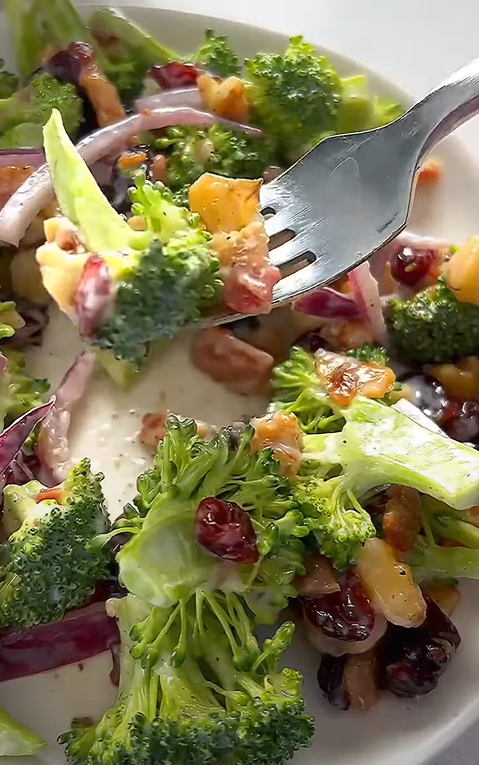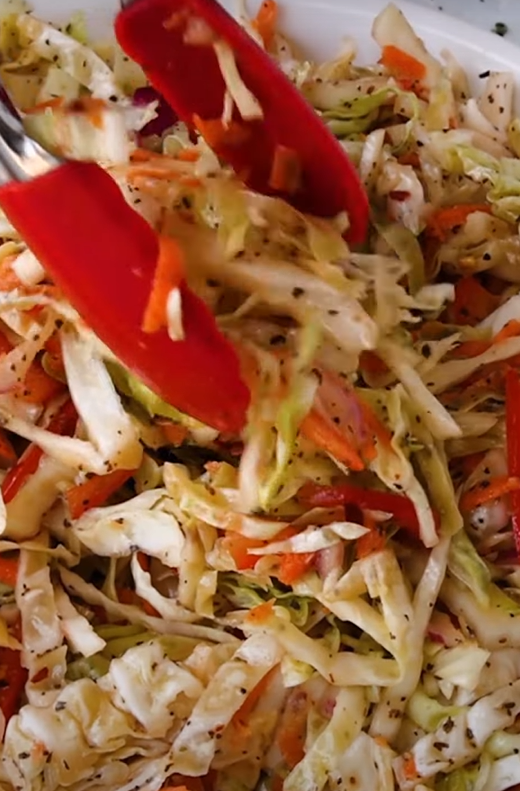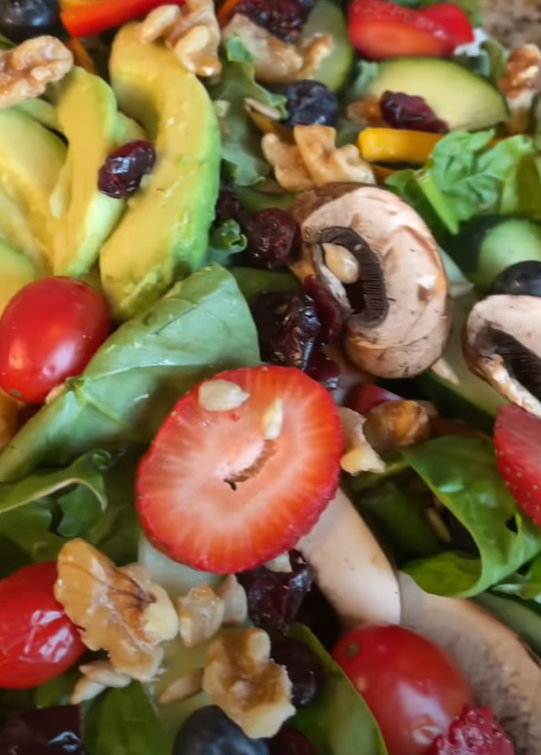I’ve been experimenting with matcha in my baking for years, and these matcha crinkle cookies have become my absolute favorite way to showcase this incredible ingredient. There’s something magical about the earthy, slightly bitter notes of ceremonial-grade matcha powder combined with the sweet, tender crumb of a classic crinkle cookie. The result? A sophisticated treat that bridges the gap between traditional Japanese tea culture and American cookie comfort.
When I first developed this recipe, I wanted to create something that would honor the delicate complexity of matcha while delivering the satisfying texture and visual appeal of traditional crinkle cookies. After countless test batches and tweaking ratios, I’ve perfected a recipe that delivers vibrant green cookies with those signature crackled surfaces dusted with powdered sugar snow.
Understanding Matcha: The Heart of These Cookies
Matcha powder: Finely ground powder made from specially grown and processed green tea leaves, offering concentrated flavor and vibrant color
Ceremonial grade matcha: The highest quality matcha powder, perfect for baking applications where flavor matters most
Culinary grade matcha: A more affordable option that works well in baked goods, though with slightly less intense flavor
The quality of your matcha powder will make or break these cookies. I’ve learned through trial and error that investing in good matcha pays dividends in both flavor and color. Poor quality matcha tends to be dull, overly bitter, and lacks that gorgeous jade green hue we’re after.
Essential Ingredients and Their Roles
| Ingredient | Quantity | Purpose | Substitution Notes |
|---|---|---|---|
| All-purpose flour | 2¼ cups | Structure and stability | Can substitute up to ¼ cup with almond flour |
| Ceremonial grade matcha | 3 tablespoons | Primary flavor and color | Culinary grade works but use 4 tablespoons |
| Unsalted butter | ½ cup (1 stick) | Fat content and richness | Vegan butter works as 1:1 substitute |
| Vegetable oil | ¼ cup | Moisture and tenderness | Canola or melted coconut oil |
| Granulated sugar | 1 cup | Sweetness and structure | Caster sugar for finer texture |
| Brown sugar | ½ cup | Moisture and caramel notes | Light or dark brown both work |
| Large eggs | 2 | Binding and structure | Flax eggs for vegan option |
| Vanilla extract | 1 teaspoon | Flavor enhancement | Pure vanilla only |
| Baking powder | 2 teaspoons | Leavening agent | Must be fresh for best rise |
| Salt | ½ teaspoon | Flavor balance | Sea salt or kosher salt |
| Powdered sugar | 1 cup | Coating and visual appeal | Essential for crinkle effect |
The Science Behind Perfect Crinkle Cookies
Creating those beautiful cracks requires understanding the chemistry at work. The combination of fats, sugars, and leavening agents creates a dough that spreads and rises simultaneously. As the cookies bake, the surface sets while the interior continues to expand, creating those gorgeous fissures that make crinkle cookies so distinctive.
I’ve discovered that the key lies in the dough consistency and chilling time. Too soft, and you won’t get defined cracks. Too firm, and the cookies won’t spread properly. The sweet spot is a dough that holds together when rolled but yields slightly to pressure.
Step-by-Step Instructions
Preparation Phase
First, I always start by getting my workspace organized. Line two large baking sheets with parchment paper and preheat your oven to 350°F (175°C). Place your powdered sugar in a medium bowl – you’ll need this ready for rolling.
Sift your matcha powder through a fine-mesh strainer to eliminate any clumps. This step is crucial because matcha tends to clump, and nobody wants bitter pockets of concentrated powder in their cookies. I learned this lesson the hard way during my early experiments.
Creating the Dough
In a large mixing bowl, cream together the softened butter, granulated sugar, and brown sugar until light and fluffy. This usually takes about 3-4 minutes with an electric mixer on medium speed. The mixture should look pale and increased in volume.
Add the eggs one at a time, beating well after each addition. Pour in the vanilla extract and vegetable oil, mixing until fully incorporated. The mixture might look slightly separated at this point – that’s completely normal.
In a separate bowl, whisk together the flour, sifted matcha powder, baking powder, and salt. Gradually add this dry mixture to the wet ingredients, mixing on low speed until just combined. Overmixing at this stage can lead to tough cookies.
The Crucial Chilling Step
This is where many home bakers go wrong. Cover the dough with plastic wrap and refrigerate for at least 2 hours, though I prefer overnight chilling. Cold dough is essential for achieving those perfect crinkles and preventing excessive spreading.
Shaping and Baking Techniques

Remove the chilled dough from the refrigerator and let it sit for about 10 minutes – you want it pliable but still cold. Using a cookie scoop or your hands, portion the dough into 1.5-inch balls. I find that uniform sizing ensures even baking.
Roll each dough ball generously in powdered sugar, making sure to coat completely. Don’t be shy with the sugar coating – this creates the beautiful white contrast against the green cookie base.
Place the coated dough balls on your prepared baking sheets, spacing them about 2 inches apart. They will spread during baking, so adequate spacing prevents them from merging into one giant cookie.
Bake for 10-12 minutes, rotating the pans halfway through for even browning. The cookies are done when the edges are set and the centers still look slightly soft. They’ll continue cooking on the hot pan after removal from the oven.
Texture and Flavor Profile Analysis
| Characteristic | Description | Achievement Method |
|---|---|---|
| Exterior Texture | Slightly crisp with crackled surface | Powdered sugar coating and proper baking time |
| Interior Texture | Soft, chewy, slightly fudgy | Optimal fat ratio and not overbaking |
| Flavor Profile | Earthy matcha with balanced sweetness | High-quality matcha and sugar balance |
| Visual Appeal | Vibrant green with white sugar cracks | Ceremonial grade matcha and generous coating |
| Moisture Level | Tender without being dry | Combination of butter and oil |
Troubleshooting Common Issues
Through my years of perfecting this recipe, I’ve encountered virtually every possible problem. Here’s what I’ve learned about solving the most common issues:
Cookies spreading too much: Your dough is too warm or contains too much fat. Chill longer or reduce oil slightly in next batch.
Insufficient cracking: The dough might be too cold when shaped, or you didn’t use enough powdered sugar coating. Let chilled dough soften slightly before shaping.
Dull green color: Poor quality matcha or insufficient amount. Invest in better matcha or increase quantity by one tablespoon.
Bitter flavor: Using too much matcha or low-quality powder. Balance with additional vanilla or reduce matcha slightly.
Storage and Serving Suggestions
These cookies maintain their texture beautifully when stored properly. I keep them in an airtight container at room temperature for up to one week. For longer storage, they freeze wonderfully for up to three months.
I love serving these alongside a cup of hot jasmine tea or cold milk. They make elegant additions to tea parties and pair beautifully with vanilla ice cream for a sophisticated dessert. During holiday seasons, I often package them in clear boxes as gifts – the vibrant green color makes them particularly striking.
For special occasions, I sometimes drizzle them with white chocolate or serve them with a dollop of sweetened whipped cream infused with a touch of matcha powder.
Nutritional Information and Dietary Considerations
| Nutrient | Per Cookie (Makes 24) | Daily Value % |
|---|---|---|
| Calories | 165 | 8% |
| Total Fat | 6g | 9% |
| Saturated Fat | 3g | 15% |
| Cholesterol | 25mg | 8% |
| Sodium | 95mg | 4% |
| Total Carbohydrates | 27g | 9% |
| Dietary Fiber | 1g | 4% |
| Sugars | 18g | – |
| Protein | 3g | 6% |
| Antioxidants | High (from matcha) | – |
The beauty of these cookies extends beyond taste – matcha provides antioxidants, particularly catechins, which offer various health benefits. While these are still treats to be enjoyed in moderation, they offer more nutritional value than many conventional cookies.
Advanced Variations and Customizations
Once you’ve mastered the basic recipe, there are countless ways to customize these cookies. I’ve experimented with adding white chocolate chips, incorporating black sesame seeds, or even creating a matcha-vanilla swirl effect by marbling in vanilla cookie dough.
For those following specific dietary requirements, I’ve successfully adapted this recipe for vegan diets by substituting flax eggs and vegan butter. The texture changes slightly but remains delicious.
Some bakers enjoy adding a subtle citrus note with lemon zest, which complements matcha’s earthy flavor beautifully. Others prefer incorporating chopped pistachios or almonds for added texture and visual interest.
Questions and Answers
Q. Can I use matcha powder from the grocery store for this recipe? While you can use grocery store matcha, the results won’t be as vibrant or flavorful. I recommend ordering ceremonial or culinary grade matcha online from reputable suppliers for best results.
Q. Why do my cookies turn out more brown than green? This usually indicates either poor quality matcha, insufficient matcha powder, or overbaking. Make sure you’re using enough high-quality matcha and watch your baking time carefully.
Q. Can I make the dough ahead of time? Absolutely! The dough actually improves with longer chilling time. I often make it up to three days ahead and keep it covered in the refrigerator. Just let it soften slightly before shaping.
Q. What’s the difference between ceremonial and culinary grade matcha? Ceremonial grade is made from younger tea leaves and has a more delicate, less bitter flavor with vibrant color. Culinary grade is more robust and designed for cooking applications, though it’s still excellent for baking.
Q. Can I freeze the shaped cookie dough? Yes! After rolling in powdered sugar, you can freeze the shaped cookies on a baking sheet, then transfer to freezer bags. Bake directly from frozen, adding 1-2 extra minutes to the baking time.
Q. Why don’t my cookies have the crinkled appearance? The crinkle effect comes from the interaction between the powdered sugar coating and the expanding dough. Make sure you’re using enough powdered sugar and that your dough is properly chilled before shaping.
Q. Can I substitute the all-purpose flour with gluten-free flour? Yes, but use a gluten-free flour blend designed for baking rather than single-grain flours. The texture will be slightly different, but still delicious.
Q. How can I make my cookies more intensely flavored? Start by increasing the matcha powder by one tablespoon. You can also add a small amount of matcha extract if available, though powder alone usually provides sufficient flavor.
These matcha crinkle cookies represent everything I love about fusion baking – they honor traditional Japanese flavors while embracing beloved American cookie techniques. Every time I make a batch, I’m reminded of why I fell in love with baking in the first place. The process is meditative, the results are consistently rewarding, and sharing them with others never fails to bring smiles. Whether you’re new to matcha or a longtime enthusiast, I’m confident these cookies will become a treasured addition to your baking repertoire.


